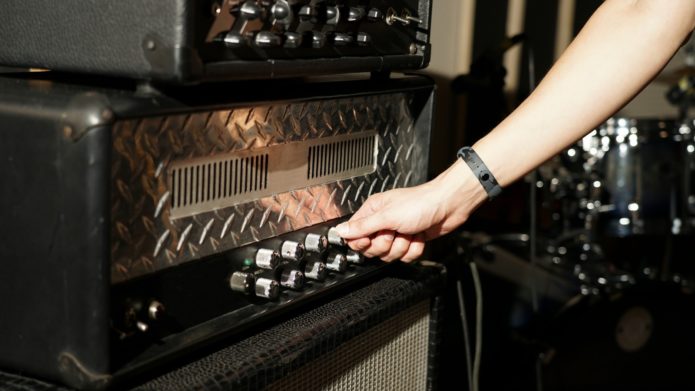All electric guitar players know that the amplifier is just as important — if not more — as the guitar itself for shaping your sound. Each major amplifier model has unique dynamics and tonal characteristics that may or may not suit your needs and preferences as a musician. Subjectivity and personal taste play crucial roles in the world of music and apply to guitar amps as well. Therefore, it’s illogical to deem one model as objectively the best amplifier for all guitarists.
****
Besides budget, the suitable amplifier heavily depends on your playing style, guitar pickups, the tone you’re after, and intended use. Obviously, the guitar amp a busker uses for improvising on the pentatonic blues scale vastly differs from that of a studio session player or even a live performer playing indoors.
Preamps are arguably the most important part of amplifiers for shaping the tone of your guitar. Generally, most amplifiers use either vacuum tubes (tube amps) or transistors (solid state amps) to translate the current from your electric guitar to audible signals played through speaker cabinets. Many traditionalists and purists swear by tube amps. However, solid-state amplifiers offer many qualities and features that many modern guitar players prefer over the hassles that come with tube amps.
****
In this post, we’ll go through everything you need to know about tube and solid-state guitar amps. The information provided in this article is based on years of experience in playing, building, and teaching the electric guitar and working with countless amplifiers both in studio environments and live venues. For a more accurate and thorough guide, everything is fact-checked with the data available from amp makers’ official websites, including Laney, Fender, and Marshall.


